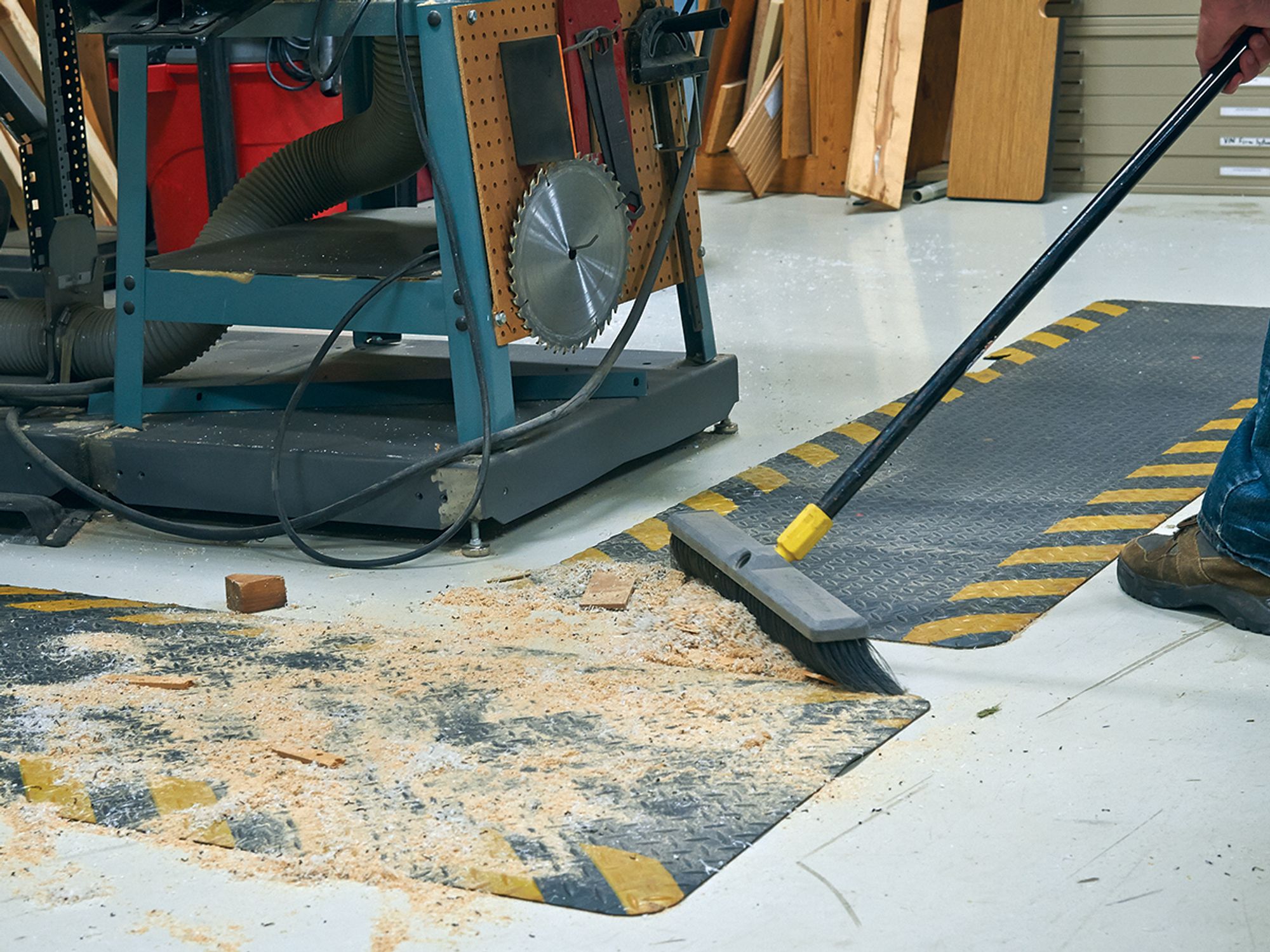Sanitation

Sanitation is an essential part of providing employees with a safe and healthy workplace. The number of people regularly using sanitary facilities, the presence and use of toxic substances, and the need to wash hands prior to eating all create sanitation issues in the work environment that employers must address.
The Occupational Safety and Health Administration (OSHA) sanitation requirements at 29 CFR 1910.141 apply to all employers providing permanent places of employment. Employers in the construction industry are instead covered by 1926.51, although most provisions are equivalent.
Note: Mobile crews and normally unattended work locations do not have to comply with the toilet facilities or washing facilities requirements, if employees working at these locations have transportation immediately available to nearby toilet facilities which meet the other requirements of the standard.
In addition, OSHA’s standard at 1910.142 covers the sanitation conditions of temporary labor camps. These are most commonly established at agricultural locations. Examples of temporary labor camp housing for non-agriculture worksites would be for the construction industry and for the oil and gas industry.
